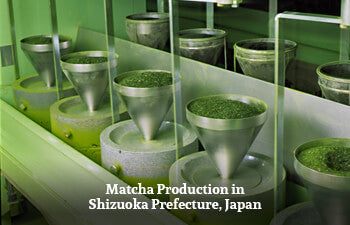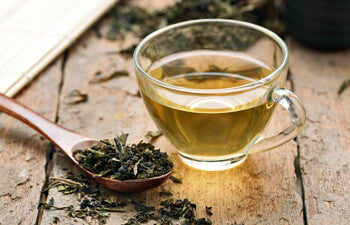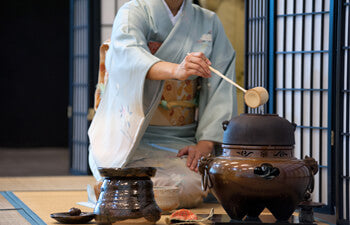
Organic Matcha Green Tea Ceremonial Grade
This Organic Ceremonial Grade Matcha Green Tea (Usu-cha) is an excellent example of a high quality organic matcha displaying the highest color quality (brilliant green) and offering a smooth, slightly bitter taste. Comprised of finely ground tea leaves from the very first picking of the year, this first flush matcha combines several cultivars to create a consistently lovely matcha that froths beautifully in the bowl and perfectly balances sweet notes of spring peas against oceanic seaweed. This organic green tea is perfect for daily consumption or for that special treat.
Matcha is a variety of organic tea from Japan that is stone ground at the end of the manufacturing process, resulting in an ultra-fine tea powder that is typically whisked in hot water until a frothy consistency is reached, as in the traditional Japanese Tea Ceremony. The resulting brew has much more body and flavor than tea brewed in a conventional fashion, with a thick, rich green taste and slight bitterness.
Please note: this product is not delivered in our backyard compostable packaging. This extremely sensitive item is packaged in a tin (small size) or zip pouch (large size).
Ingredients: organic Japanese green tea



Aubrey

Sarah

Lea




